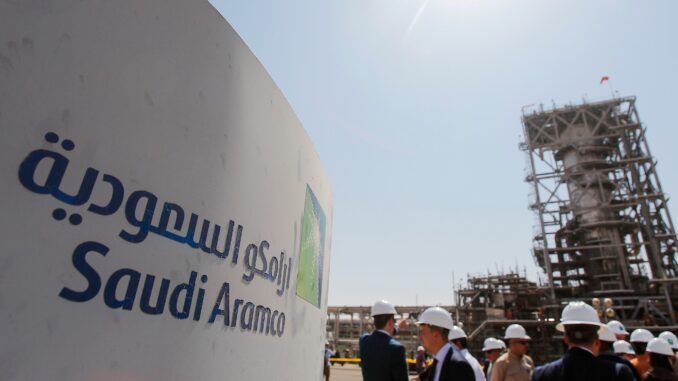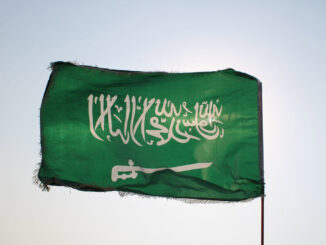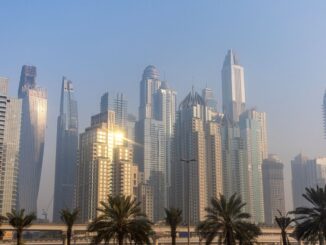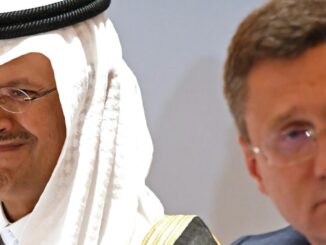
Saudi Arabia and the UAE have starring roles to play in the oil market this summer, as the only producers in the world holding any significant spare output capacity.
But much of it is from untested fields, and as the core OPEC members face increasing pressure to tame the oil price rally, ahead of a key trip by US President Joe Biden to Saudi Arabia in mid-July, their ability to ramp up production will be critical.
Under the current supply accord between OPEC and its Russia-led allies, Saudi Arabia’s output target in August will be 11 million b/d – a level it has only produced at twice in its history, in November 2018 and April 2020, according to Platts OPEC survey records from S&P Global Commodity Insights.
In the first instance, the kingdom pumped 11.01 million b/d, acquiescing to US demands for more crude following the reimposition of sanctions on Iran, while in the second, it hit an all-time high of 11.70 million b/d after a breakdown in OPEC+ negotiations until a new deal was reached in May 2020.
As for the UAE, its quota will be 3.17 million b/d in August, a level it has only reached for five months in its history.
The OPEC+ agreement calls for those August targets to remain through December, which the alliance is expected to reaffirm when it meets June 30. However, Biden and other leaders have called on the producer bloc to go above and beyond those quotas, with global oil demand on the rise and supplies from Russia impacted by sanctions over its war in Ukraine.
Analysts largely expect Saudi Arabia and the UAE will be able to fulfill their August quotas, though how much additional upside they have remains a pressing question.
Some analysts and OPEC insiders say the countries may prefer to keep their spare capacity powder dry, in case of further disruptions in Russian supply as an EU ban on most imports gets phased in and a potential price cap on Russian oil exports is mooted by G7 leaders.
“Even if they are able to produce at higher levels, there is a lot of skepticism around how sustainable this would be,” said Stephen Brennock, an analyst with brokerage PVM Associates.
Saudi Arabia claims a current production capacity of more than 12 million b/d, while the UAE has said it is capable of pumping up to 4 million b/d.
Platts Analytics, however, estimates that sustained Saudi capacity is closer to 11.5 million b/d and the UAE’s at 4 million b/d.
The issue was further muddled when French President Emmanuel Macron was heard at the G7 summit telling Biden that UAE is pumping at maximum capacity, while Saudi Arabia could go only about 150,000 b/d higher, based on a conversation Macron had with the UAE president.
UAE Energy Minister Suhail al-Mazrouei was quick to clarify on Twitter that the country’s current production was being held near its OPEC+ quota, which it is committed to through the end of the agreement.
Saudi law
For Saudi Arabia, the world’s largest exporter of crude, its ability to raise production is rooted in its hydrocarbon law, which states that it must be able to hit its maximum sustained capacity within months if needed and maintain that production for one year, said Ellen Wald, president at Transversal Consulting and author of a book on the kingdom’s oil industry.
However, she added, “that doesn’t mean that it is beneficial to produce at this rate because increasing production to this level could do some long-term damage to some of the fields, especially older ones.”
Saudi Arabia, which pumped 10.45 million b/d in May, according to the latest Platts OPEC+ survey, may target boosting output from its shared Neutral Zone with Kuwait, which has a capacity of 550,000 b/d but has been producing well below that.
The Manifa field, which can produce up to 900,000 b/d, could also be a source of incremental barrels, Wald said.
In the long-term, Saudi Arabia is working to boost its production capacity to 13 million b/d by 2027, including the Dammam field in the east by 2024, the offshore Marjan and Berri by 2025 and the Zuluf expansion by 2026.
UAE role
The UAE, OPEC’s third-biggest producer, should easily pump and maintain its production at its August quota, given levels of output it reached in 2020 and ongoing expansions at several oil fields, analysts said.
The UAE produced an all-time high of 3.84 million b/d in April 2020, during the brief OPEC+ price war.
Its May production stood at 3.03 million b/d, according to the Platts OPEC+ survey.
Paul Sheldon, chief geopolitical adviser for Platts Analytics, said that depending on market and OPEC+ dynamics, production could reach 3.5 million b/d within one or two months and hit a maximum 4 million b/d within three months.
Abu Dhabi National Oil Co., the biggest energy producer in the UAE, is investing $127 billion between 2022-2026 on growth projects and has intensified exploration and production capacity activity in the last few years.
“It should be no problem for the UAE to reach and sustain output at 3.2 million b/d,” said Ben Cahill, a senior fellow at the Center for Strategic and International Studies. “Expansions are ongoing at onshore Bab and Bu Hasa and offshore fields like Umm Shaif and Nasr and SARB and Umm Lulu. Looking ahead a bit, the Upper Zakum project is slated for completion in 2024.”
Source: Spglobal.com



